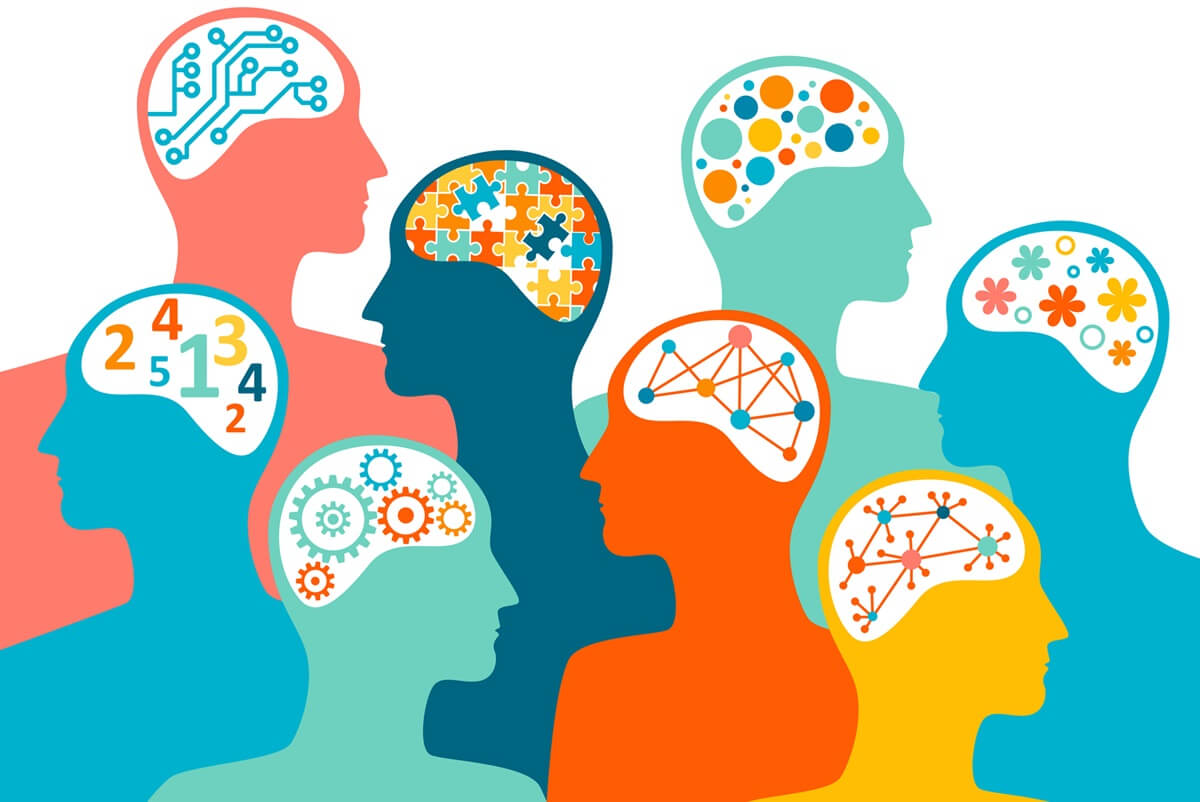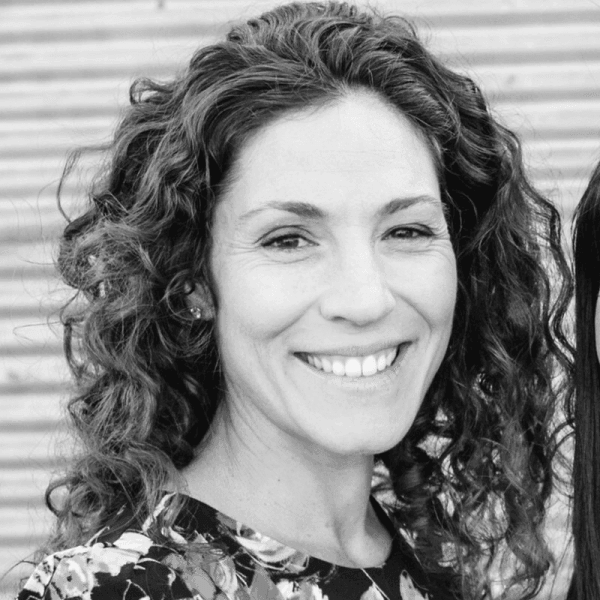As we enter the month of April, a time recognized for highlighting autism, I invite us to think about the people and viewpoints within the community. While I’ve seen so much advancement and excitement (which is what we usually read about in April), it’s also necessary to acknowledge and actively ponder the conflicts that exist. Even down to what to call this month (“Autism Acceptance Month,” “Autism Awareness Month,” “Autism Appreciation Month”) is heavily debated. My aim for this post is to highlight some of these debates and propose a path forward.
I’ve spent over 20 years working with just about every stakeholder group in the autism community:
- children and teens in a treatment setting,
- parents receiving both therapy and training
- siblings in “sibshop” support groups
- teachers
- other service providers
- employers looking to be more inclusive
- autistic adults throughout their employment journeys
Even today, I work with several of these groups with drastically different points of view, simultaneously. Picture this: not a basic, city intersection but rather, one of those intersections that has four or five different streets converging at one point.
That’s me, in the middle of society’s complex web, where different life paths and identities meet. It’s a rare, sometimes puzzling position to be in. Rare, because people usually specialize in a particular stakeholder group within the autism community. Puzzling, because the stakeholders all have their unique points of view. And, I can appreciate them all.
Two stakeholders I interact with most, and therefore spend a great deal of time thinking about, are (notice the different use of “autism” vs. “autistic” to honor the language used by each group):
- parents raising children with autism
- autistic adults in the workplace
Some might be surprised by this combination because the viewpoints between these two groups can differ drastically.
With the rise in popularity of the Neurodiversity movement and developmental disabilities being integrated into conversations about workplace inclusion, we are hearing more lived experiences of autistic adults. Their voices are finally being amplified. We hear:
- what they wished their parents knew back when they were kids
- what therapies they liked (or tolerated) and disliked
- where they struggle and shine at work
- their views on where disabilities stand within organizations.
Many prefer the identity-first, “autistic” verbiage and are proud of this identity.
They tell me about their views on the current, evidence-based practices being recommended for young children with autism. They tell me that their “stims,” like rocking, are their way of calming down and they ponder who makes the norms that tell them to stop. They tell me they should not be made to act “neurotypical,” that masking their true selves is exhausting, that their organizations struggle to support them, that they feel underrepresented, and that bias is still alive and well in the workplace. I believe them and see it in my own research.
Parents raising children with autism see through a different lens. They tell me of the time, exhaustion, and money spent trying to do everything they can to help their children have the best shot at an independent and fulfilling life. They tell me they want their children to stop engaging in behaviors that result in stigmatization or exclusion by classmates. They tell me of the guilt they feel, wanting things to be different.
Parents raising children with autism see through a different lens.
Angela Nelson, Ed.D., BCBA Share this
A dad recently told me that while he’s encouraged by companies celebrating neurodiversity, he feels this notion also downplays and minimizes the struggles they go through every day, in private, at home. They tell me they feel defensive and confused when self-advocates chastise them on social media for pursuing the therapy recommended by their doctor. They tell me about their:
- stress
- depression
- anxiety
- constant hyperarousal
- perpetually worried about the bullying
- the possible midnight elopement
- the phone calls from school
- the birthday parties their children are not invited to
- what the future holds
I believe them too and see it in the research.
I feel this conflict is due, in part, to the fact that autism is incredibly vast. A person who requires 24/7 care might have the same diagnosis as the PhD-level neuroscientist. Sure, we now have three “levels” of autism but on the street, it’s still called autism. Naturally, their lived experiences will differ, and this causes lack of understanding outside and within the autism community. It’s impossible to have a spokesperson or single representative entity because the views and needs vary greatly.
Another contributing factor to the conflict is the echo-chamber concept. We see this with politics and social media, but it applies here too. Self-advocates speak with each other and share ideas or viewpoints. Parents speak with each other and share resources or strategies. I like to ask autistic self-advocates if they co-mingle with parents and ask if parents seek insights from autistic self-advocates. The answer I get is almost always a no. As a result, new or dissenting ideas are often not infused into the conversation. Instead, views are reinforced and crystalized even further.
So, what is the answer? How do we approach the sometimes heated, controversial debates about:
- treatment
- schooling
- groups to donate money to
- teaching certain skills
- how much we accommodate within the workplace
- which behaviors we should “intervene on,”
- etc.?
In fact, in two, back-to-back consultations recently, I first met a mother who had learned that accidents such as house fires are one of the top contributors to death in children with autism (higher than neurotypical children), so she wanted to practice reacting to a fire alarm with her son despite his auditory sensitivities. That same day, I met with an autistic man who told me how painful it is for him to hear loud noises and ironically, he mentioned fire alarms as the most intense.
Even the potential of a fire alarm causes him so much anxiety that he removed the batteries in his home alarms. I appreciate both his auditory sensitivities as well as the mom’s wishes to ensure her son learns essential safety skills. Can both people be “right?” How do we bridge what feels like a too wide of a divide sometimes? I believe the answer starts with the seemingly easy but often challenging skill of listening to each other with curiosity, not judgement.
How do we bridge what feels like a too wide of a divide sometimes? I believe the answer starts with the seemingly easy but often challenging skill of listening to each other with curiosity, not judgement.
Angela Nelson, Ed.D., BCBA Share this
The objective is not to completely change your or the listener’s mind. However, listening to a different perspective can give you deeper understanding and appreciation for the other person’s experience. The autism community is filled with strong emotions and opinions. While progress has been made to understand each other, I’m curious why we remain as siloed as we are. If parents sought the perspectives and stories of autistic adults, this might help them make more informed and balanced decisions for their own children. If autistic self-advocates listened to parents without judgement, they may be able to appreciate their perspectives and recognize everyone’s experiences are unique. Respecting each individual’s objectives for themselves or their child and remembering that what works for one may not work for the other is a helpful position to start from.
There is opportunity within the autism community to come together and work towards common goals, which I see as:
- reducing stigma, bias, and discrimination
- increasing access to employment, self-determination, and a fulfilling life.
There is so much support and passion in the community, and we could be stronger together. It might just start with putting our beliefs aside for a minute and listening to each other with curiosity.





